elderberry poisonous stems?
locust
19 years ago
Featured Answer
Sort by:Oldest
Comments (17)
maryliz
19 years agoreinbeaux
19 years agoRelated Professionals
Accokeek Landscape Architects & Landscape Designers · 70037 Landscape Architects & Landscape Designers · Elwood Landscape Architects & Landscape Designers · Horsham Landscape Architects & Landscape Designers · Maple Heights Landscape Architects & Landscape Designers · Surprise Landscape Contractors · Waterbury Landscape Contractors · Hollywood Landscape Contractors · New Baltimore Landscape Contractors · New Providence Landscape Contractors · Plantation Landscape Contractors · Reedley Landscape Contractors · San Benito Landscape Contractors · Palos Hills Landscape Contractors · Miller Place Carpentershersh67
19 years agoshellbell3252
19 years agoRobert_in_MT
19 years agoDino_Tsapatsaris
19 years agojcsgreenthumb
19 years agoflora_uk
18 years agojtbwellsville_hotmail_com
12 years agogreenhummer
12 years agosusan061
10 years agochervil2
10 years agoskitdora
8 years agoMelody Szadkowski
6 years agoFrancesco Delvillani
6 years agoKristy Kuenzi
3 years ago
Related Stories
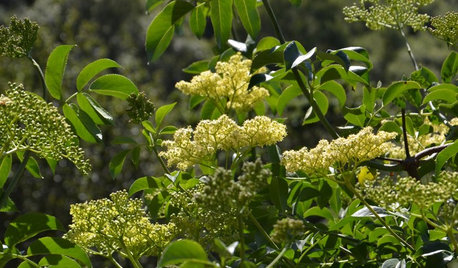
GARDENING GUIDESGreat Design Plant: Sambucus Nigra Caerulea for the Birds
Blue elderberry is a favorite of birds and other wildlife in its native California
Full Story
GARDENING GUIDESGreat Design Plant: Sambucus Nigra
Common elderberry is a highly adaptable shrub from the eastern U.S., with berries galore for wildlife and humans alike
Full Story
FLOWERS10 Beautifully Blossoming Spring Centerpieces
Pick a single stem or gather a bouquet. Whatever your style, there's a fresh spring floral arrangement here for you
Full Story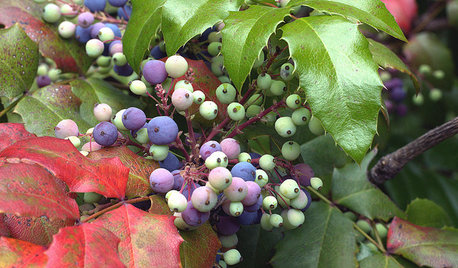
GARDENING GUIDESGreat Design Plant: Mahonia Aquifolium for Birds
Oregon grape puts on a bold spectacle from spring through winter and is ideal to brighten partly shady corners in the U.S. West
Full Story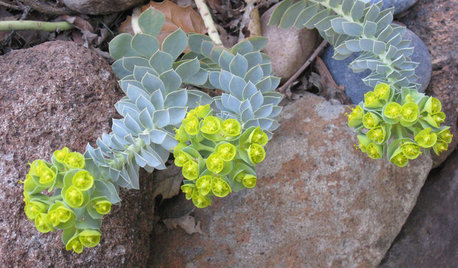
BLUE AND GRAY FOLIAGEGreat Design Plant: Donkey Spurge
Yes, there's the awful name, plus the sap issue. But this plant's foliage and flowers bring something special to Eastern U.S. gardens
Full Story
GARDENING GUIDESPrunus Virginiana Thrives Under Deciduous Trees
Plant chokecherry for showy white flowers favored by native bees in spring, and to provide nesting habitat and food for birds
Full Story
PETSGarden Alert: 22 Plants to Keep Away From Pets
Avoid potential danger by keeping dogs and cats away from these landscaping and houseplant favorites
Full Story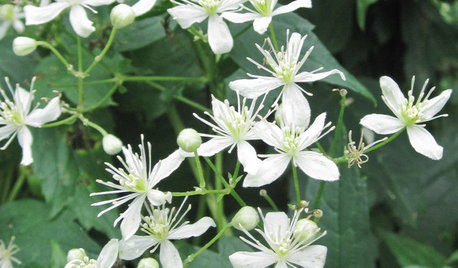
GARDENING GUIDESGreat Design Plant: Clematis Virginiana
Devil’s darning needles, a vigorous vine native to eastern North America, likes partial shade and many types of soils
Full Story
GARDENING GUIDESGreat Design Plant: Showers Bring Zephyranthes Flowers
Plant zephyrlily bulbs now for lovely blooms amid grassy foliage in summer and fall
Full Story
GARDENING GUIDESHow I Learned to Be an Imperfect Gardener
Letting go can lead to a deeper level of gardening and a richer relationship with the landscape. Here's how one nature lover did it
Full Story





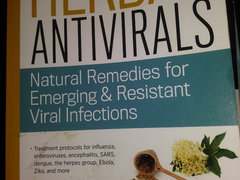
flora_uk